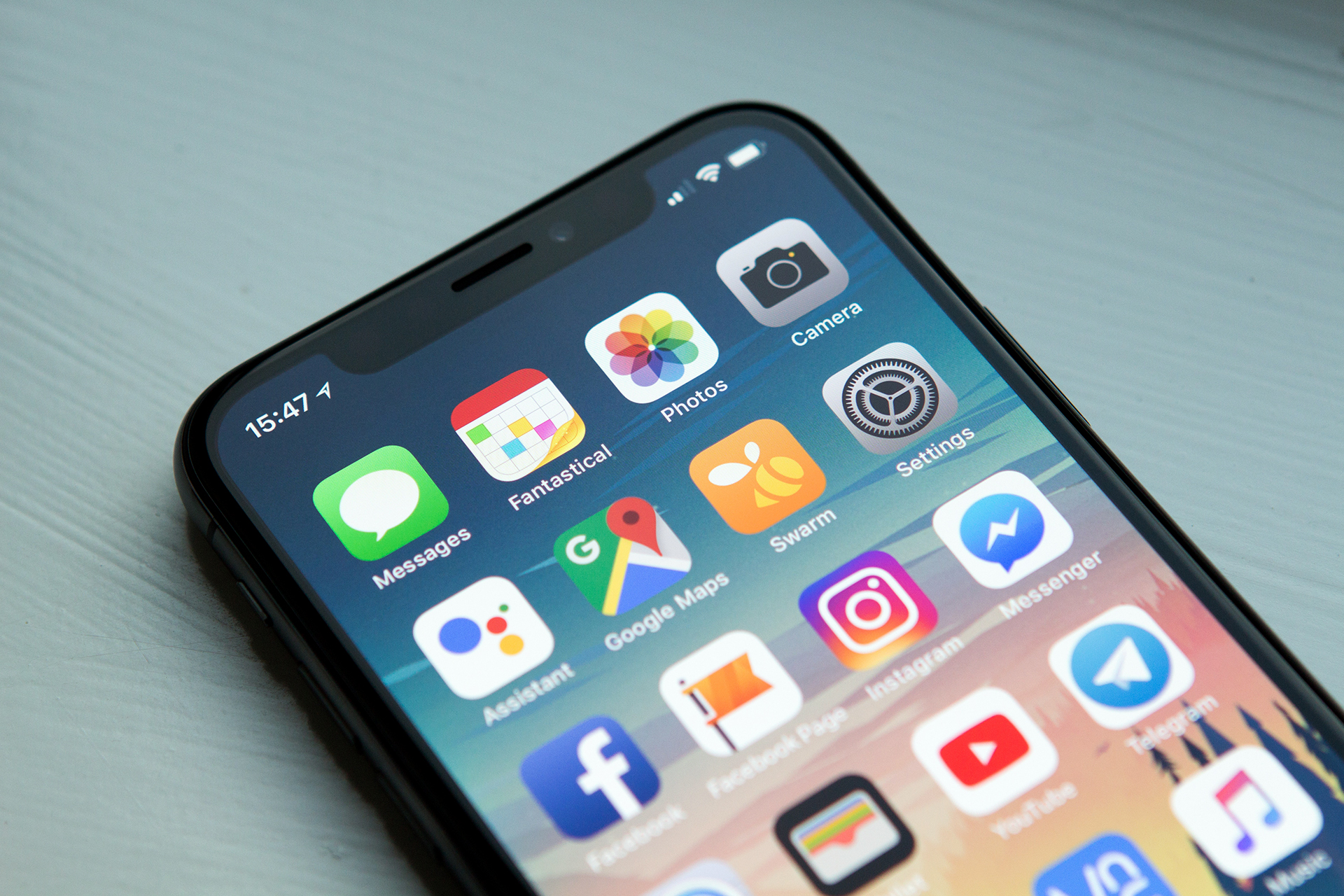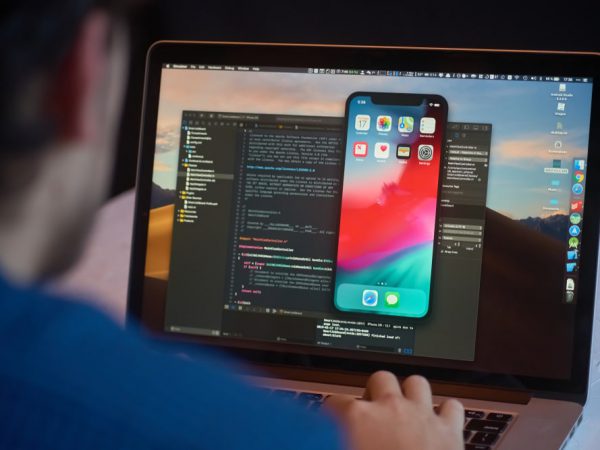
Today, the market for mobile application is enormous. Smartphones came into the scene about 10 years ago and from that time the niche began to rise. There are millions of accessible and even free apps located on platforms like AppStore and Google Play. They serve for various purposes – some are entertaining like games and social networks messengers, the others are for business, e-commerce, and even healthy living.
Mobile Application Development Process Stages
The competition is extremely high due to a great number of successful mobile apps that already exist. It means that if someone strives to enter a tough market like that, he needs to present a professionally-made and unique product.
In this article, we are going to discuss the main steps of the development process in detail. This way, you will see how everything looks from within and learn how to create an app that really strikes. Let’s start.
Define the aim
Like any other project, app development begins by stating the main aim. To put it simply, you have to define which problem you are going to solve for the audience. At this point, you might be tempted to address a number of problems simultaneously and that’s okay, but you should remember that every additional problem means an additional feature. Therefore, think about the central one and focus on it. Any supplementary features can be added with time.
Think of a problem definition as if it was a tool of communication that helps you and your development team have a clear picture of the project and the goals you are following.
Read also some tips on secure mobile app development
Conduct the analysis
When you already have an idea that seems perfect to you, there is a necessity to check if it really is that great. To do so, you need to know, whether your future app is really required.
First, you need to find out if your idea is compatible with mobile devices. Small apps like messengers and games are surely the win-win option because they are lightweight. On the contrary, if you want to create an app that has to manage a large amount of data, then the desktop version should be considered.
Second, you need to define your target audience. Make research to know where your potential users are located, what goals do they have, what are the reasons for them to use your app. Detailed information about your potential buyers will serve as a background for future development.
Know your competitors
Find other applications that address a similar problem. If there are any, then you should find out how exactly they solve it. The number of downloads will give you a clue about the market size. Also, check the users’ comments to know what are the weak points of your competitors. Are there any gaps in their product? What users don’t like about their app?
You can get a lot of useful information from competitor analysis. You will see what are the solutions provided by existing apps and what gaps do they have. Considering the gaps, you can make a better app that covers all customers’ demands.
Designing the minimum viable product (MVP)
This is the first step in product design. It is all about creating the first version of the future app. At this stage, you have to recall your problem statement and come with the following:
- App’s functionality
- Add-on features
- Marketing
The two last points are to keep in mind all the time, but for MVP you need to focus on the first one. The draft of your application should address the primary problem, define functionality, and core features. For most apps, there are existing tools that provide core functions, such as search or basic game engines. These tools are less time-consuming and more cost-effective than full development, so you can incorporate one in your app instead of creating everything from the ground up.
Creating a basic framework
The basic framework will serve as a sketch or a skeleton for the final variant. Usually, it is a 2D visual guide that represents the interface of your app and defines its architecture and content. It doesn’t depict any graphical elements, because they might be distractive. Instead, the developers create an application as a structure that defines usability.
This stage is all about visualizing the way users will interact with an app. It’s great when potential mistakes and weak points are defined and fixed during the framework creation. By doing so, developers can avoid complications and additional expends in the future.
Design (UX, UI)
Your visual design should correspond to the preferences of your target group. As such, you need to know their age, gender, and preferences. This will define the app’s style and choice of colors. What is more, you need to focus on user interface and user experience (UI/UX). This means that your app should not only look pretty – it should be convenient to use. The navigation should be easy and intuitive, so your audience won’t get confused.
Be careful with those visual elements that interrupt the user’s experience, like pop-ups and animations. Such elements might be annoying, especially when they require additional actions like closing. Therefore, don’t overdo with pop-ups and similar things.
App Dev
The development starts with a working prototype creation. Due to this prototype, experts will see if the app functions properly and adjust it if it doesn’t. At this phase, they might offer some design changes, especially when your app includes heavy or inconvenient visual elements.
The team of developers will inform you about some important moments that should be taken into consideration. Sometimes, you will need to decide whether you want to add some features, like push notifications, or choose the backend structures to support your application. They may also suggest some simplifications if needed.
Testing
To make sure that your app functions properly, a Quality Assurance expert will perform a number of tests. The main points that are going to be tested are:
- Usability
- Security
- Compatibility
- Performance
- Stress
These tests are going to be automatized to save time. The next step is making a limited release to let users try the app and define whether it is satisfying for them. After that, developers will make adjustments basing on the information gathered from tests.
Conclusion
The mobile app dev process consists of a great number of steps that involve decision-making and testing. All of them are important and require attention because this is the only way a really successful app can be created. If you are looking for mobile app development services, you can always count on our team.
Gravum has already created numerous applications and games, therefore we have the knowledge and experience to create a stellar product for you. Contact us today and let’s make your app amazing!



